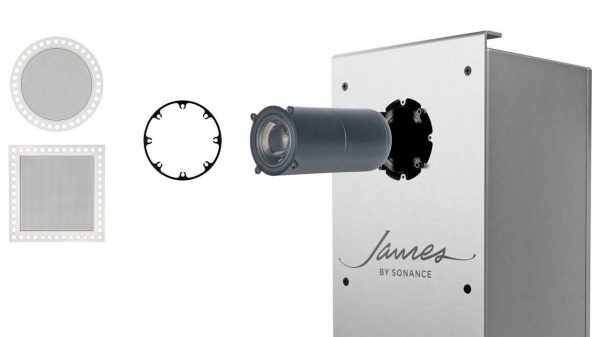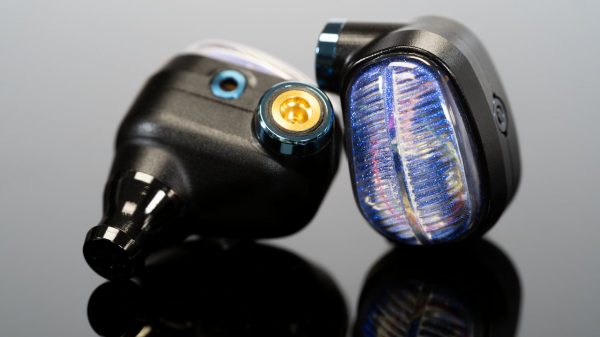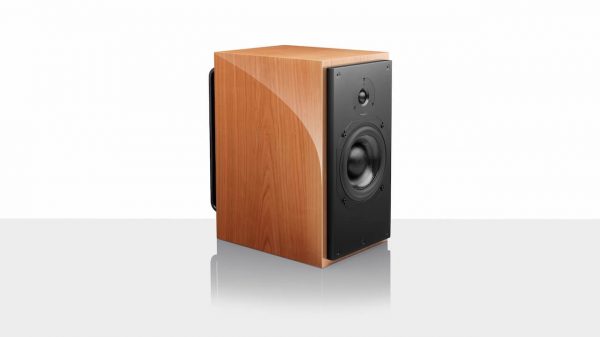SUNNYVALE, Calif., July 14, 2008 — Silicon Image, Inc. (NASDAQ: SIMG), a leader in semiconductors and intellectual property for the secure storage, distribution and presentation of high-definition (HD) content, today announced its ultra-low-power interface solution consisting of a VastLane SiI9206 HDMI transmitter PHY semiconductor and a companion link layer IP core for use in consumer mobile device applications. This dual-mode solution supports the HDMI specification and Silicon Image’s MHL technology interface.
MHL technology is a new connectivity solution that can dramatically reduce connector size by only requiring five pins for full HD content delivery. MHL technology can also accommodate multiple functions across shared pins like USB, charging, analog video and audio headsets, making it the most optimized answer for mobile handset requirements today.
“Consumers are demanding more from their mobile handsets as entertainment content becomes available for download and consumption. Connecting stored mobile content to an HDTV will be a differentiating handset feature,” David Kuo, director of marketing at Silicon Image. “Taking high-resolution photos and storing full movies on your mobile handset is commonplace, and connecting to an HDTV is the perfect way to increase the value of that content.”
The ultra-low-power SiI9206 PHY integrated circuit (IC), with built-in 8kV electro static discharge (ESD) protection, is ideal for mobile device applications and is designed to significantly reduce bill-of-material (BOM) costs. The link layer IP core, which is designed to be integrated into a system-on-a-chip (SoC), can be quickly targeted to any foundry or process, delivering a definite time-to-market advantage compared to a fully integrated solution. In addition, this implementation supports both HDMI and MHL technologies, enabling mobile device IC providers to support either interface in a single SoC design.
Today, mobile device IC providers have the option of either using external discrete HDMI chips or fully integrating HDMI functionality into their mobile device ICs. Silicon Image is now offering a solution that provides the benefits of both approaches, including a lower bill-of-material cost compared to discrete IC implementations, faster time-to-market and less chip I/O compared to full integration into the SoC.
“Our ultra-low-power dual-mode SiI9206 solution will enable consumers to play their high-quality mobile content at the full visual and audio capabilities of their HDTV systems,” stated Ron Richter, director of business development at Silicon Image. “Silicon Image is the only provider of low-power HDMI ICs, full IP cores and the latest SiI9206 PHY IC approach that give our SoC customers the options they need to stay competitive in the mobile device and consumer electronics markets.”
Key features of Silicon Image’s HDMI/MHL transmitter PHY include:
• Support for both HDMI and MHL technologies
• Ultra-low power (<30mW at 1080p/30fps)
• Low power down (<10mA)
• Integrated 8kV ESD, reducing cost and board real estate
• Small size (4mm x 4mm 28 pin QFN)
• Broad operating temperature range (-20C to +85C)
• Six-bit SoC data bus for reduced I/O (14 I/Os vs. 19 I/O-full HDMI integration)
• Integrated CEC hardware support
Silicon Image plans to have samples of the SiI9206 transmitter PHY and the accompanying link layer IP core in the fourth quarter of 2008. More information on the company’s transmitter IC and IP core solutions can be found at www.siliconimage.com.























